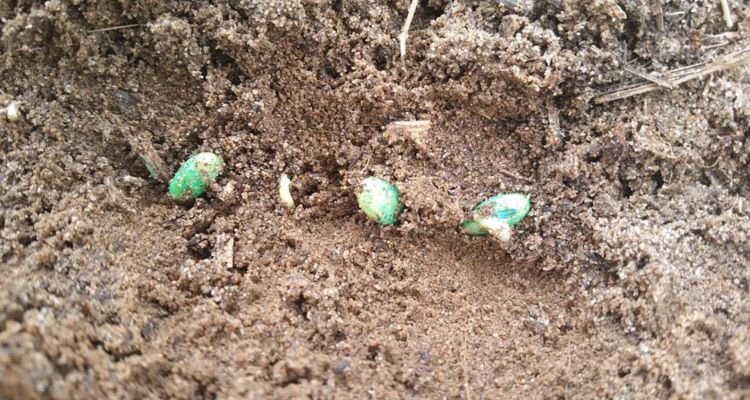February 28, 2022

Yes, it is still February, but that hasn’t stopped some Midwest growers from rolling out the planters. The availability of effective seed treatments and proven yield benefits of early planting are important considerations for any growers taking to the fields early. In fact, several management factors and early planting risks must be considered prior to planting early.
Early planted soybeans reach canopy closure sooner, intercept more sunlight and spend a longer duration in reproductive growth. Soybeans planted into soils well below their optimum temperature for germination encounter inherently stressful conditions.
“While crops can be planted into colder soils, the risks will increase,” said John Schoenhals, Pioneer Field Agronomist. “The risks become especially great when planting into poorly drained soils or planting prior to a heavy rain or snow event.”
Imbibitional chilling injury is a main concern. A soybean seed imbibes approximately 50% of its weight in water during germination. Injury and stand loss can occur when very cold soil water (< 40°F, 4°C) is imbibed during this time.
Seed rot and seedling blight risk also increase when planting into cold, wet soils. When poor conditions delay development, a fungicide seed treatment can help.
Some diseases, like pythium, tend to favor cold, wet soils. In fields where disease is present, infection is likely when heavy precipitation occurs soon after planting.
To help mitigate those risks, growers planting early should scout fields often to assess germination and emergence. Many factors affect the potential for freezing injury after emergence – growth stage, air temperature and duration, soil temperature, soil texture, residue, and field topography. If temperatures drop below freezing after emergence, wait five days before assessing any potential stand loss and replant considerations.
Source: Corteva Agriscience, which is solely responsible for the information provided and is wholly owned by the source. Informa Business Media and all its subsidiaries are not responsible for any of the content contained in this information asset.
Read more about:
Crop ConditionsYou May Also Like




